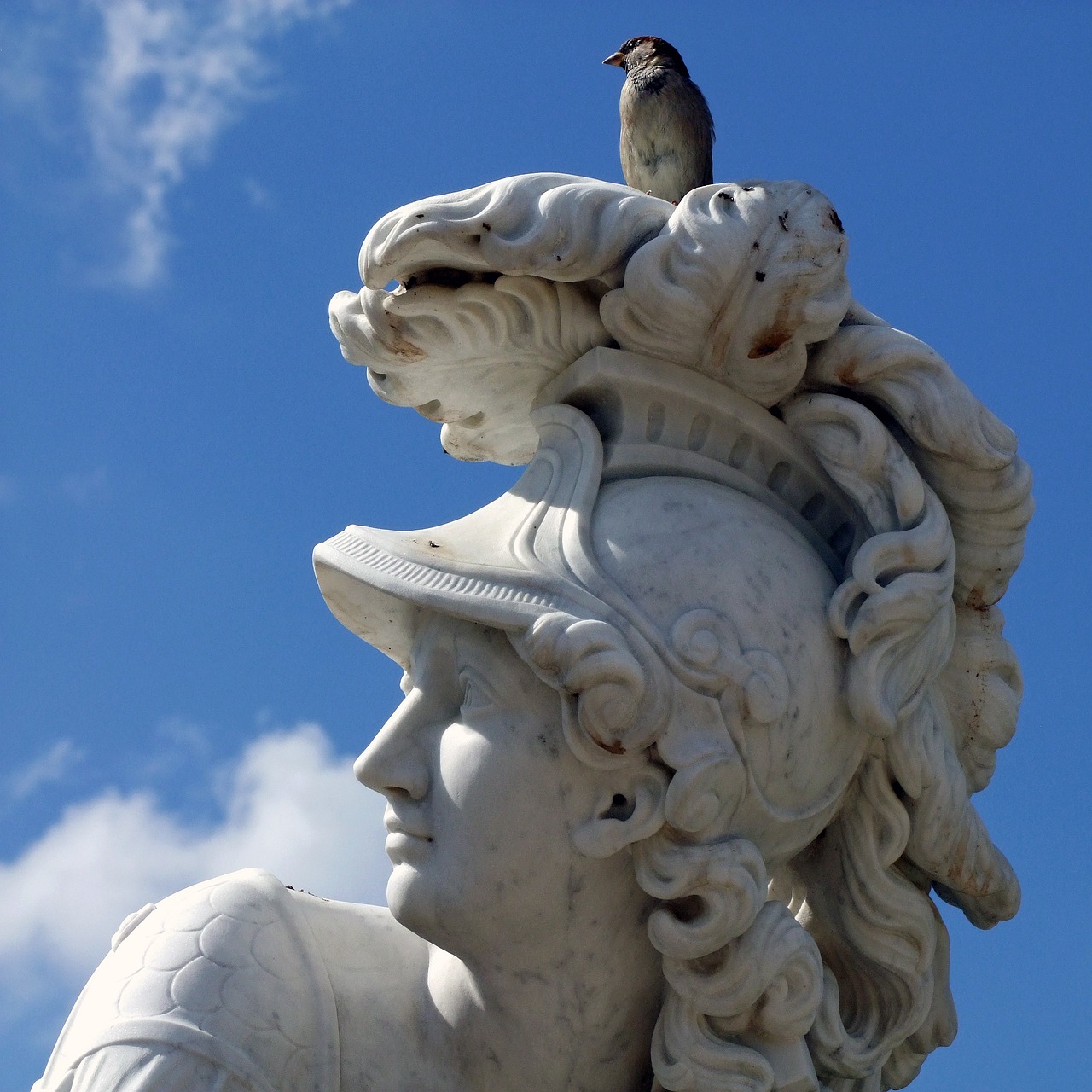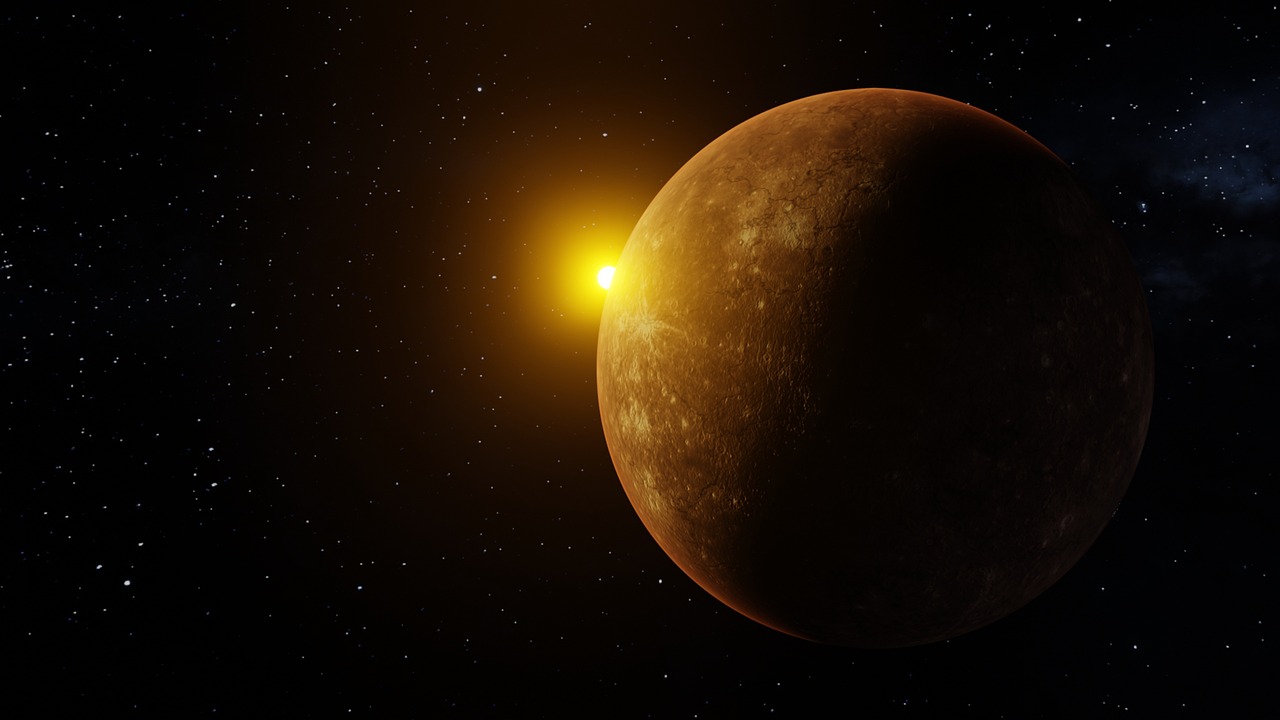Roman Mythology
-

Overview of Neptune: The Roman God of the Sea Neptune stands as the Roman deity overseeing waters and seas, exerting control over winds and storms. Also identified as Neptunus Equester, he was celebrated as a horse god and the patron of horse racing, which was a favored pastime among Romans. The characteristics and stories associated…
-

The Legendary Journey of Hercules Myths about gods have existed for countless ages, but the inquiry into a genuine Hercules—the man behind the enchanting tales—remains uncertain. Nonetheless, the saga chronicles a figure marked by extraordinary strength and tenacity, one whose heroic acts and perseverance against formidable challenges earned him a transcendent fate; upon his death,…
-

Overview Minerva stands as the embodiment of wisdom among the gods of Rome, revered for her intellect, craftsmanship, and artistic inspiration. She presides over all matters that require careful planning and consideration from her heavenly vantage point. In time, she was also regarded as a deity of warfare, becoming a goddess from whom strategic thoughts…
-
Mithraism, the ancient worship of Mithra, the Iranian god representing the sun, justice, contracts, and warfare, played a significant role in pre-Zoroastrian Iran. In the Roman Empire, during the 2nd and 3rd centuries CE, the deity was revered as the protector of loyalty towards the emperor. However, as Christianity gained acceptance under Emperor Constantine in…
-

The Significance and Legacy of Juno in Roman Mythology Juno stands as a pivotal figure within Roman mythology, serving as a protector of the state and women’s rights. Often paralleled with Hera, her Greek counterpart, Juno was both the sister and wife of Jupiter, the Roman supreme deity. Alongside Minerva, they were venerated collectively on…
-

Agriculture, as the systematic cultivation of plants and domestication of animals, has significantly influenced ecosystems engineered by human activity. While traditional views of agriculture focus on particular practices in designated regions—such as rice farming in Asia or cattle ranching in the Americas—a broader understanding acknowledges humans as environmental manipulators who intentionally alter landscapes. Actions like…
-
Mithraism: An Enigmatic Cult in the Roman Empire Mithraism, an intriguing cult religion, thrived within the Roman Empire from the 1st to the 4th centuries CE. This secretive belief system presents challenges for historians due to the sparse and often biased records that remain. The insights gained from archaeology enhance our comprehension of Mithraism, yet…
-

The exquisite small statue represents the messenger deity Mercury, depicted in the nude apart from a chlamys draped over his right shoulder and cascading down his back, with its lower edge enveloping his left arm. This youthful figure is poised on his right leg, the left leg slightly bent, and rests on a low pedestal.…
-

The Divine Legacy of Luna in Roman Mythology An Overview of Luna In Roman mythology, divine lineage played a critical role, particularly for deities like Luna. Drawing from Hesiod’s “Theogony,” Luna is recognized as the offspring of Hyperion and Theia. Hyperion, the Titan god representing celestial light, was one of Gaia (Earth) and Uranus’s (Sky)…
-

Information regarding military tactics can be gleaned from historical battle accounts, although many crucial military texts that would have guided commanders on the battlefield have been lost. Among these, the writings of Sextus Julius Frontinus stand out, with remnants of his insights included in the works of the historian Vegetius. Importance of Terrain Selection The…


